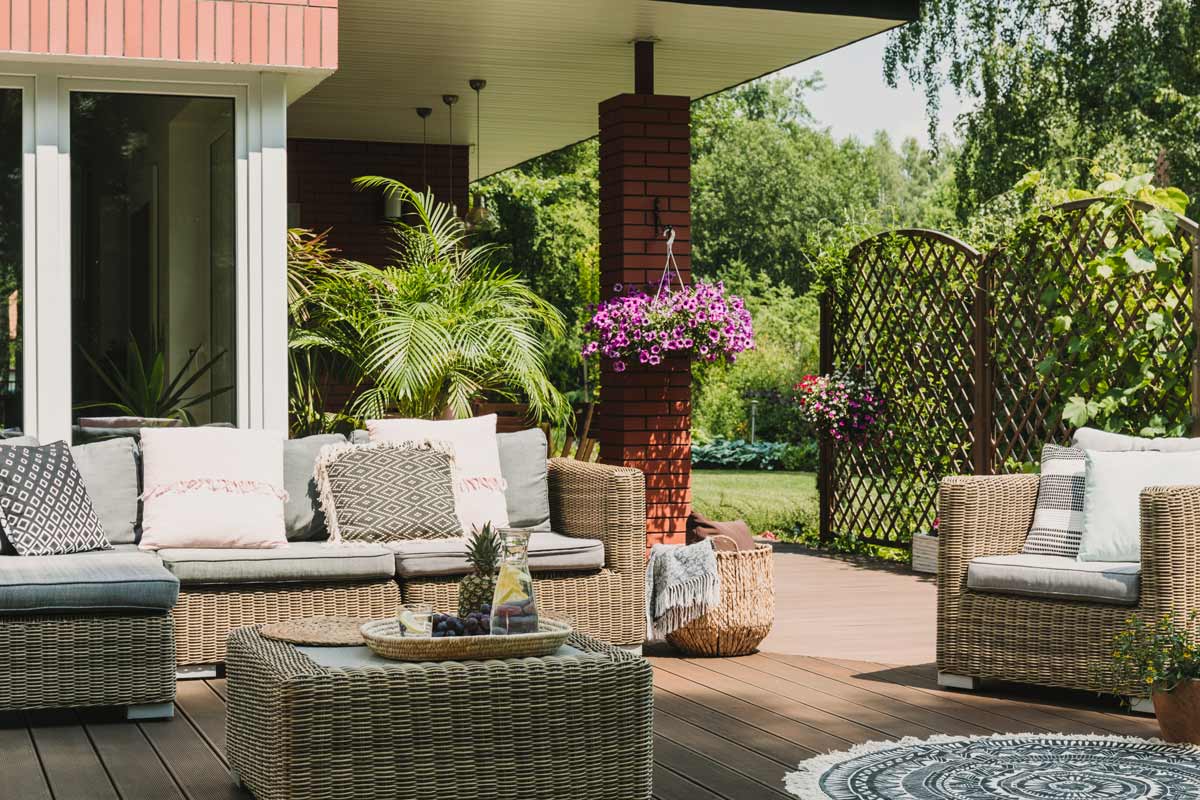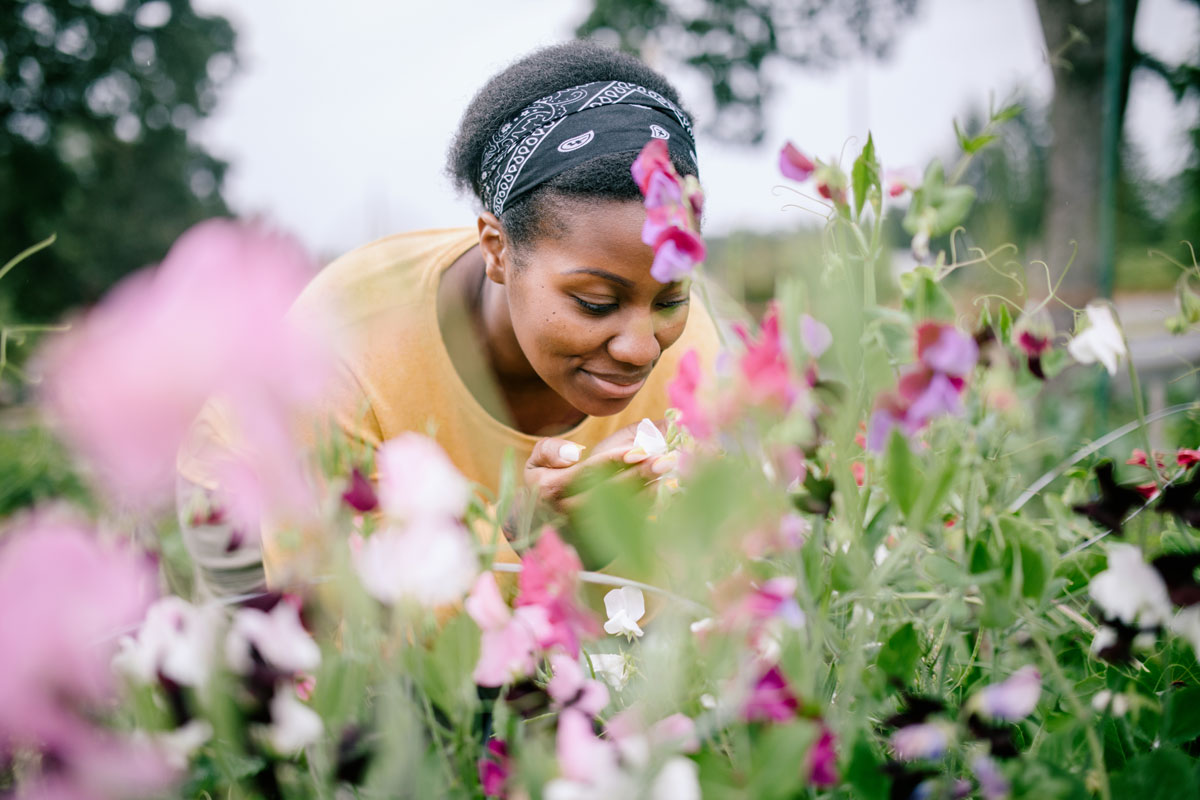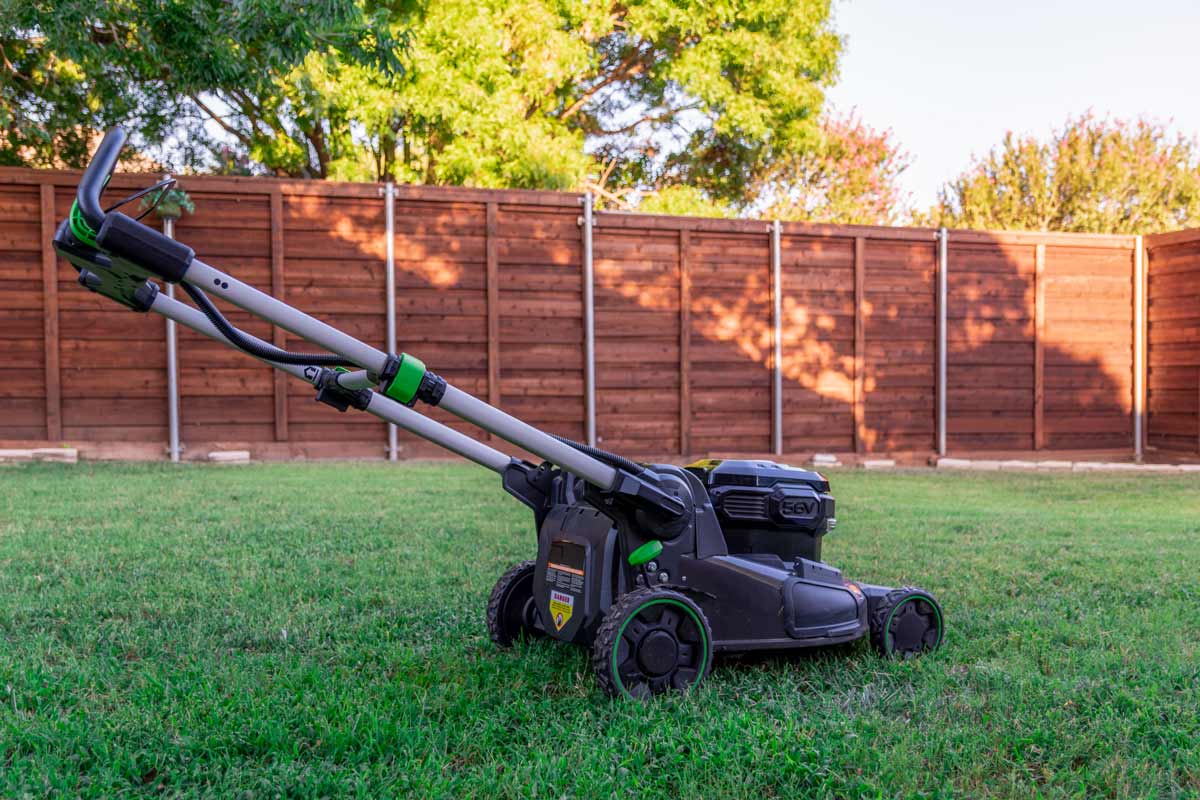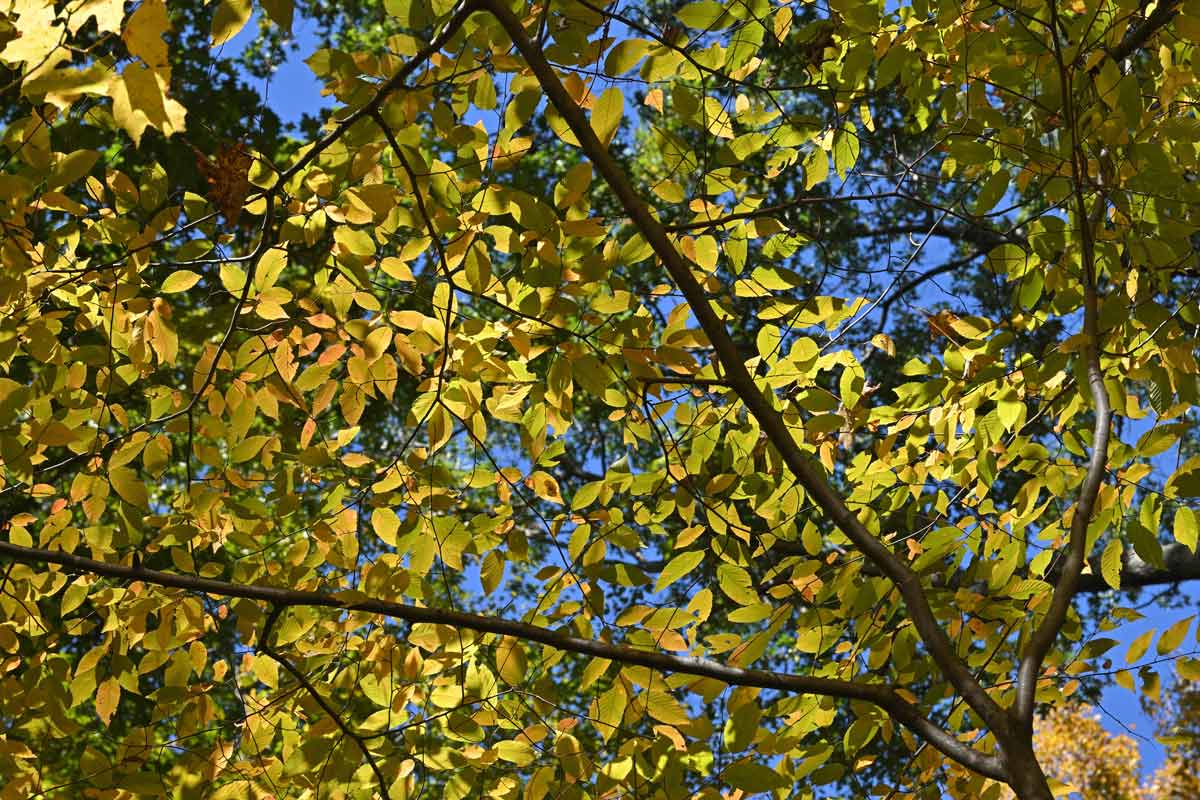7 Trees That Can Withstand the Heat
These 7 trees can handle high temperatures in warmer southern climates and hot summers in the north.
The COVID pandemic seems to be having lasting effects when it comes to gardening and how we view our yards.
The house-hunting website Zillow is calling outdoor living space “the new must-have for 2023 homebuyers,” while landscapers are seeing high interest in “privacy” and “outdoor rooms” in their clients’ 2023 project wish lists.
This comes as numerous research studies have pointed to findings that our yards became “safe havens” during the pandemic, a development that seems to be sticking despite a return to “normalcy.”
Here’s a closer look at that and four other key gardening trends of 2023.

KatarzynaBialasiewicz / iStock / Getty Images Plus
“The rising popularity of outdoor features suggests the pandemic has changed the way we want to live for good,” says Amanda Pendleton, Zillow’s home trends expert. “When the pandemic forced all entertaining outdoors, homeowners reclaimed their back yards from the kids or the dogs. Now they’re rethinking how that space could serve as an extension of their home in new, creative ways.”
Landscapers are seeing that pan out in their planned 2023 projects, which include outdoor kitchens, outdoor dining spaces, revamped patios, swimming pools, new garden beds, and even outdoor gyms.
Privacy is especially in demand with mixed plantings of upright conifers, small trees, and vine-covered trellises becoming a preferred method of screening instead of just installing a fence.

RyanJLane / E+
An estimated 18 million Americans took up gardening during the COVID pandemic as a way to get outside, do something healthy, eat better, and/or simply improve their mindset.
Diane Blazek, executive director of the National Garden Bureau, thinks those reasons will continue to fuel interest in gardening even after COVID fades.
Her take: “As more people realize the health and well-being benefits that gardening provides, they will spread the word, and even more people will garden for the same reasons.”
She adds that life stresses in general cause people to seek a “safe, calming outlet, and that is the garden… be it your own balcony or back yard, or a community garden, or even your local public garden.”
Edible gardening remains strong with fruit bushes being the latest twist.

Drake McLemore / iStock / Getty Images Plus
Gardeners seem to be taking a more active role in how they’re affecting the environment around them, says Katie Dubow, president of the Garden Media Group and author of that company’s annual Garden Trends Report.
One specific trend she cites is the move toward electronic and battery-powered yard tools as opposed to gas-powered ones.
She points to surveys from the Freedonia Group market-research firm showing that electric or battery-powered mowers, leaf blowers, and other lawn and garden equipment now account for 17 percent of the market – three times that of electric cars.
“Arizona offers vouchers to switch to electric lawn equipment, and California will ban gas-powered mowers by 2024,”

schnuddel / iStock / Getty Images Plus
The recent interest in native plants and planting for pollinators is spilling over into a new niche – planting short, early-blooming flower bulbs directly into the lawn.
Flowerbulbs.com, an arm of the Dutch bulb industry, says “bulb lawns” have been occasionally displayed in public gardens but are now starting to catch on in home gardens.
Fall-planted shorties like crocuses, snowdrops, Siberian squill, and glory-of-the-snow pop up through the turf in early spring, then go dormant and die back by the time grass hits peak-growth form. (Mowing should be delayed until the bulb foliage begins to yellow.)
One reason for the new interest is that the late-winter and spring-blooming bulb flowers give bees and other pollinating insects an early source of pollen.

Robert Winkler / iStock / Getty Images Plus
Now that more than half of the country is half of a growing zone warmer than just a decade ago, it’s time to rethink our tree selection, says Dr. Dan Herms, an arborist with Davey Tree.
Herms says the climate is warming fast enough to change the hardiness zone within the lifespan of trees planted today, meaning gardeners should lean toward species that can take the future heat.
Urban foresters and public gardens have been documenting that some species are struggling more than others in the increasing heat and erratic weather.
The Chicago Botanic Garden, for example, says that American and Greenspire lindens, shagbark hickory, American hop hornbeam, katsura, Norway spruce, Sargent cherry, amur maackia, and Serbian spruce are among species that won’t fare well in its region 30 years from now.
The U.S. Forest Service also has identified beech, sugar maple, gray birch, eastern white pine, and black cherry as others “vulnerable” to warming climates.
Tree experts are advising gardeners to consider heat tolerance in their new plantings, including species that have traditionally done well in more southerly and warmer climates.
Read more on trees that can withstand future heat.